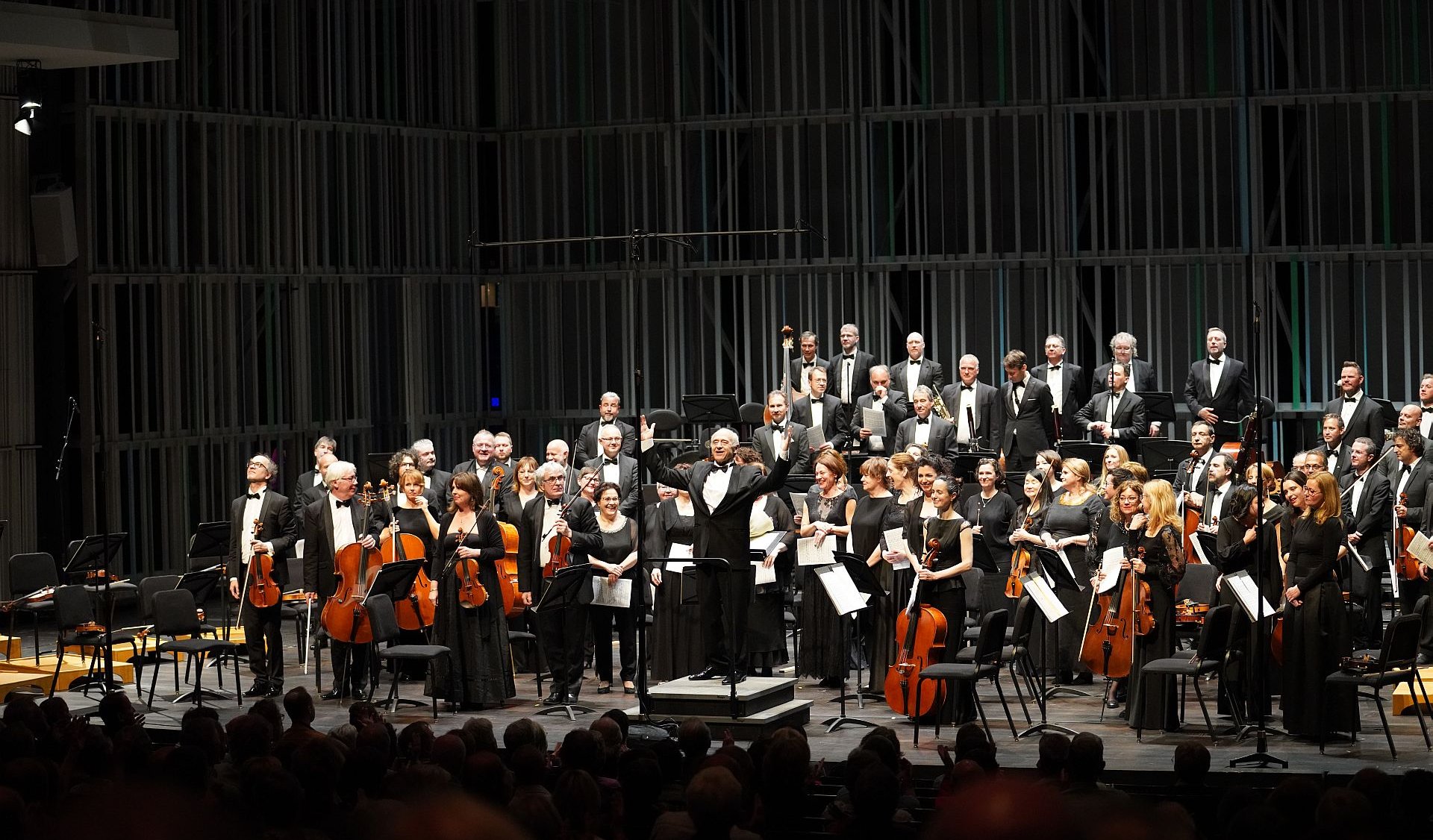
Program
Featuring
Other information
The event is about 2.5 hours long.
About the event
The Budapest Festival Orchestra will conclude its Bruges concert series with a truly operatic program. Excerpts from three composers for the stage will be performed, from classical Mozart, through Romantic Wagner, to 20th-century Bartók. The concert will open with the Overture to the Magic Flute, an opera teeming with symbols. The light-hearted fairy tale of how Tamino and Pamina find each other will be followed by two excerpts from one of opera’s most dramatic love stories: the prelude of Tristan und Isolde, which introduces the work’s main motifs, and the climactic Liebestod, or Love-death. In the heartbreaking aria, Swedish soprano Ingela Brimberg, who is very much at home in the Wagnerian repertoire, will take on the role of the ill-fated Isolde. Relationships between men and women will remain in the spotlight after the intermission. The music of one of Bartók’s most beloved works, The Miraculous Mandarin, will come to life through a storyline that explores questions of body and soul.
In 1784, Mozart became a Freemason, first joining the Lodge of Charity and then the Lodge of Crowned Hope. Librettist Emanuel Schikaneder was also a member of this society dedicated to the ideas of the Enlightenment, so it is not surprising that when he and Mozart set out to create an opera, or more precisely, a Singspiel, they wove numerous Masonic symbols into the work. Beneath the surface of the fairy tale of The Magic Flute, which premiered just over two months before Mozart’s death, lie profound philosophical thoughts: the battle between light and darkness, the trials of humans, and the journey to adulthood are all timeless themes. The three chords opening the Overture with a key signature of three flats -- E-flat major -- evoke the three knocks beginning the rituals in the Viennese lodge. This is followed by a slow introduction foreshadowing Sarastro’s realm before Mozartian joy bursts in.
In Tristan und Isolde, Wagner employed his signature leitmotif technique of associating specific musical themes with characters, objects, emotions, or locations. The prelude contains several of these leitmotifs, which means that the opening not only sets the mood of the opera but also foreshadows its key moments. Even the famous Tristan chord, a dissonant harmony left unresolved, appears in the prelude. This musical gesture symbolizes the tragedy of the love story, and the doomed nature of the relationship between the two protagonists. Or, to be more precise, their love will be fulfilled, but only in death. At the end of the opera, Isolde recalls the music of the Love Duet in Act II, but instead of an interruption, she now awaits reunion with Tristan in the afterlife, in a quiet major key.
"In a manor house, three outlaws force a young girl to seduce men whom they then rob", begins Béla Bartók's description of The Miraculous Mandarin. In Menyhért Lengyel's nightmare tale, the outlaws cannot overcome the wealthy Chinese Mandarin who comes after two poor men and besieges the girl with his love. Bartók's one-act opera caused such a scandal at its premiere in Cologne in 1926 that the mayor banned further performances because of the openly depicted orgasm. Aside from the theme, the music is also progressive. Bartók breaks with classical tonality and uses dissonance as a means of expression. He puts the percussionists in the foreground, writes an unorthodox part for the wind instruments, and portrays the story with a wild, rhythmic, pulsating sound – at least musically.